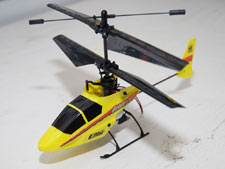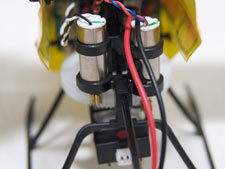When a light drone is the right drone
Many years ago, I had a big, spendy drone—the DJI Phantom 2 Vision +. This was a monster of a drone, measuring over a foot along the diagonal between the motors, and probably just under a foot in height—this image gives a good sense of the size of the thing:

It was also heavy, weighing in at 2.7 pounds (1.2 kilograms), and it used a 5200mAh battery to provide a claimed 20ish minutes of flight time, though 15 was more typically what I saw. The camera was mounted on a precision gimbal, providing incredibly smooth video—1080p at 30fps (stills were 14mp), which was very good for the time.
While I liked the big drone, for a part-time hobbyist drone user like me, it was also a pain: I needed a big case to transport the Phantom and its spare parts and batteries and charger, it took a while to set up (install propellers, configure controller, make wifi connections, etc.), and I never mastered flying it low-and-slow (perhaps due to the amount of wind its powerful rotors generated). It was also really loud.
Because of the hassle involved with using the drone, I didn't use it as often as I wanted to. So I eventually sold it, and left the world of drones behind for a few years. But lately, I'd been getting the itch again, and after doing some research, bought something much different…

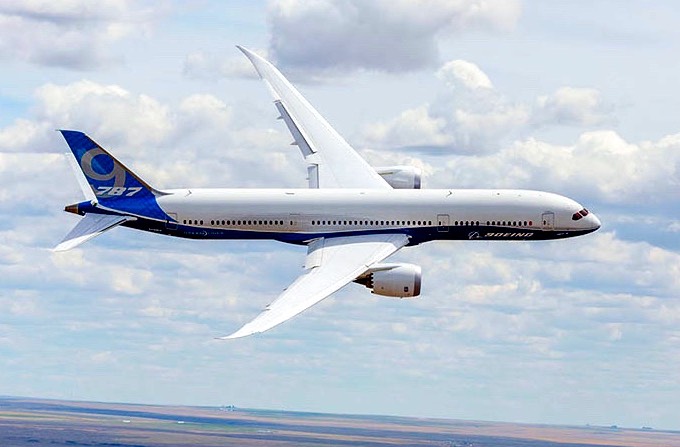 So this time, it was my turn to travel, and in April of 2016, I set out for Germany for a couple weeks. Being something of an aviation freak, though, I couldn't book just any flight to Germany: I wanted to fly on Boeing's newest jet,
So this time, it was my turn to travel, and in April of 2016, I set out for Germany for a couple weeks. Being something of an aviation freak, though, I couldn't book just any flight to Germany: I wanted to fly on Boeing's newest jet, 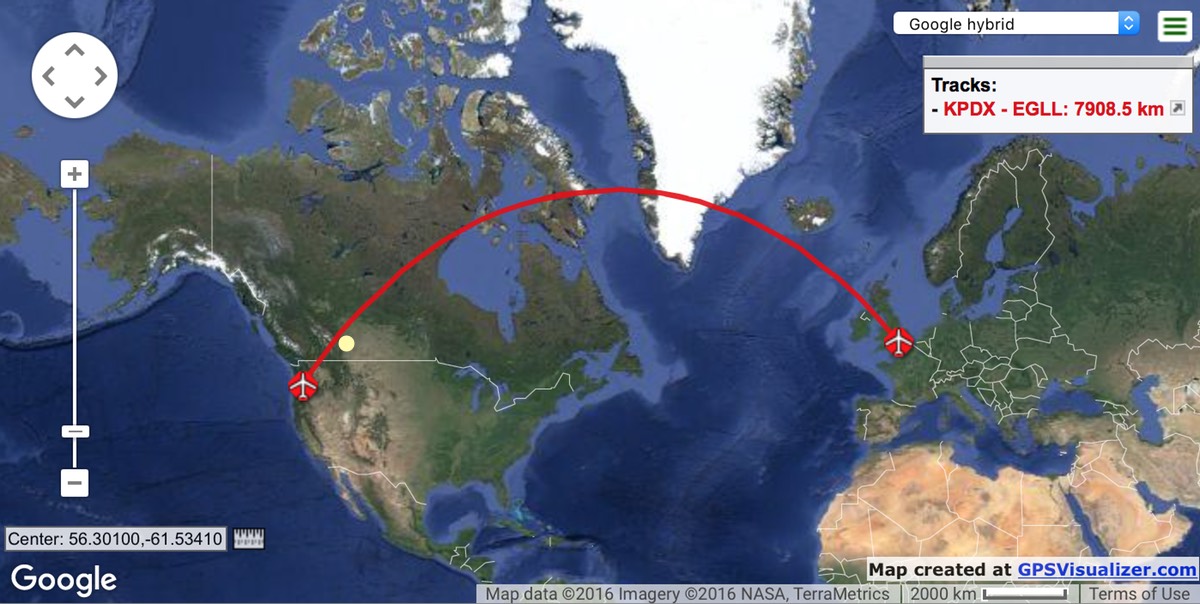

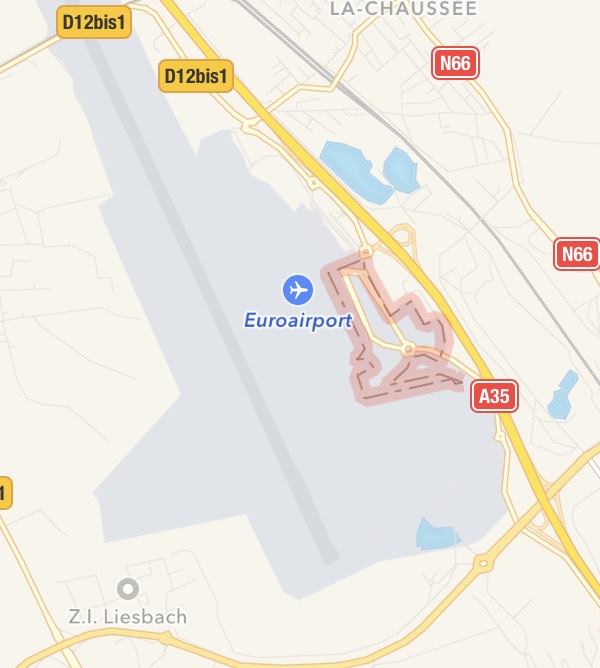 The EuroAirport isn't strange due to layout or location or weird weather or anything. It's strange because the airport itself is split between two countries, even though it doesn't straddle a country border—it's 100% within the territory of France, but a portion of the airport "lies in" Switzerland.
The EuroAirport isn't strange due to layout or location or weird weather or anything. It's strange because the airport itself is split between two countries, even though it doesn't straddle a country border—it's 100% within the territory of France, but a portion of the airport "lies in" Switzerland.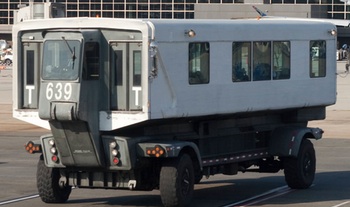
 If you're an aviation enthusiast (as I am), and you're ever in Oregon, you owe yourself a trip to the
If you're an aviation enthusiast (as I am), and you're ever in Oregon, you owe yourself a trip to the 
